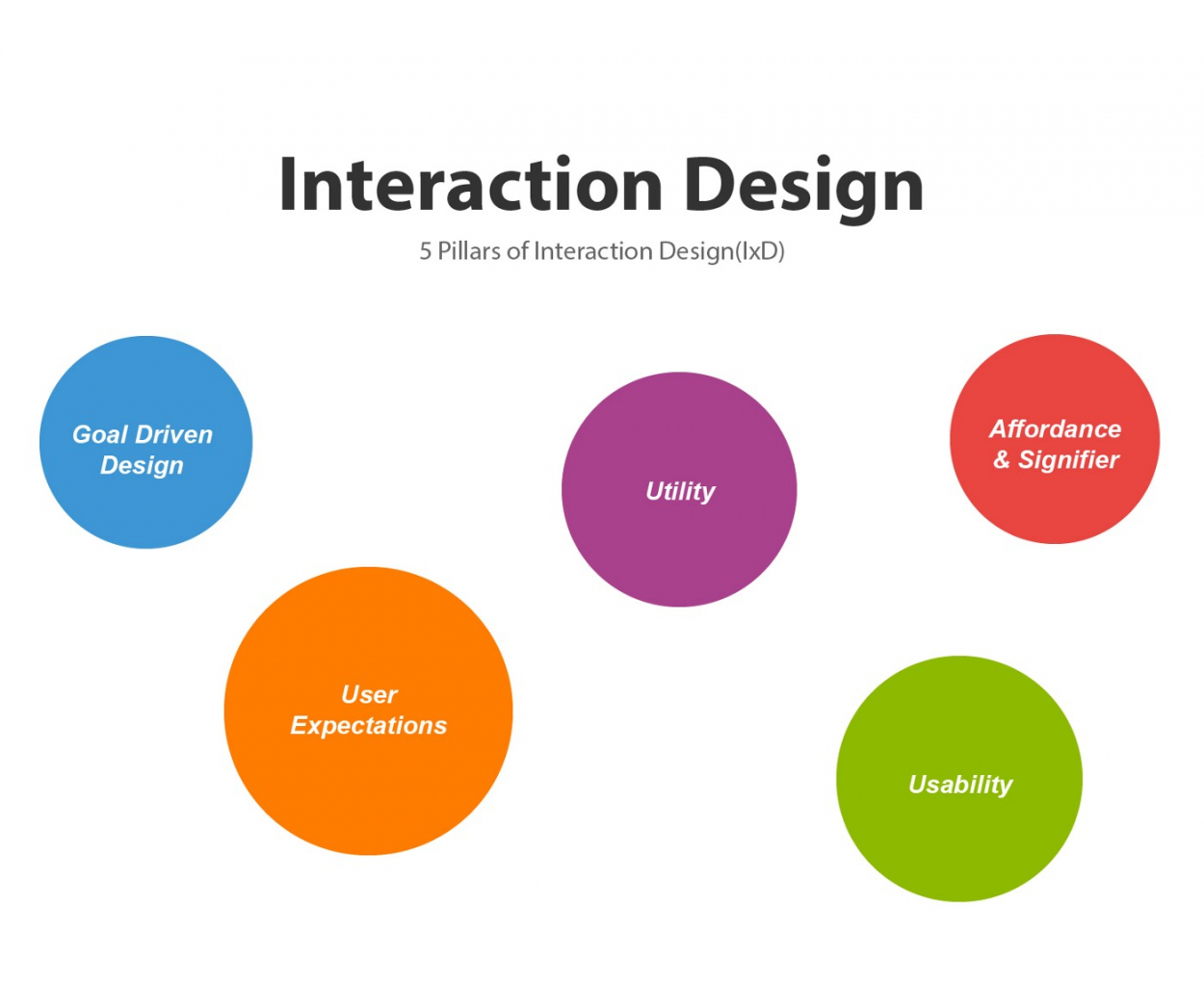
The Interaction Design (IxD) process is what creators use to make arrangements focused on clients' requirements, points and conduct while interfacing with items. The IxD cycle includes 5 phases: finding what clients need/need, examining that, planning a possible arrangement, prototyping it and executing and conveying it.
The planner doesn't start with some assumption. Rather, the thought is the consequence of cautious review and perception, and the plan a result of that thought.
-Paul Rand, well known visual architect and craftsmanship chief
With the IxD cycle, you can construct profoundly instinctive, unmistakable connection points that give consistent encounters to clients and demonstrate your image completely comprehends them, their specific circumstances and the objectives they look to accomplish.
Here are the five phases that the IxD interaction regularly includes:
Track down the clients' necessities/needs : It's not difficult to accept you understand what clients need/need and their important settings. Find their genuine prerequisites:
Notice individuals.
Interview individuals.
Analyse existing arrangement: while recollecting that it's difficult to visualise future requirements, advances, and so on.
Do investigation to sort and request your discoveries so they appear to be legit. This might be through a:
Story/story of how somebody utilises a framework.
Task investigation, separating a client's means/sub-steps.
Plan an expected arrangement as indicated by plan rules and essential plan standards (e.g., giving proper input for clients' activities). Utilise the best strategies to coordinate how clients will collaborate with it as far as, for instance, route.
Begin prototyping:Provide clients with a thought of what the item will resemble and allow them to test it, and additionally give it to specialists to assess its viability utilising heuristics.
Execute and convey what you have constructed.
The IxD cycle is iterative: no one plans anything right the initial time, particularly in regards to additional creative arrangements. It might without a doubt take numerous emphasis before you pinpoint the best variant of an answer. In this way, you (and your plan group) ought to keep testing and adjusting fitting changes around an ever-more clear comprehension of your clients' necessities. For instance, you could assemble client input and screen support talks to track down regions for development.